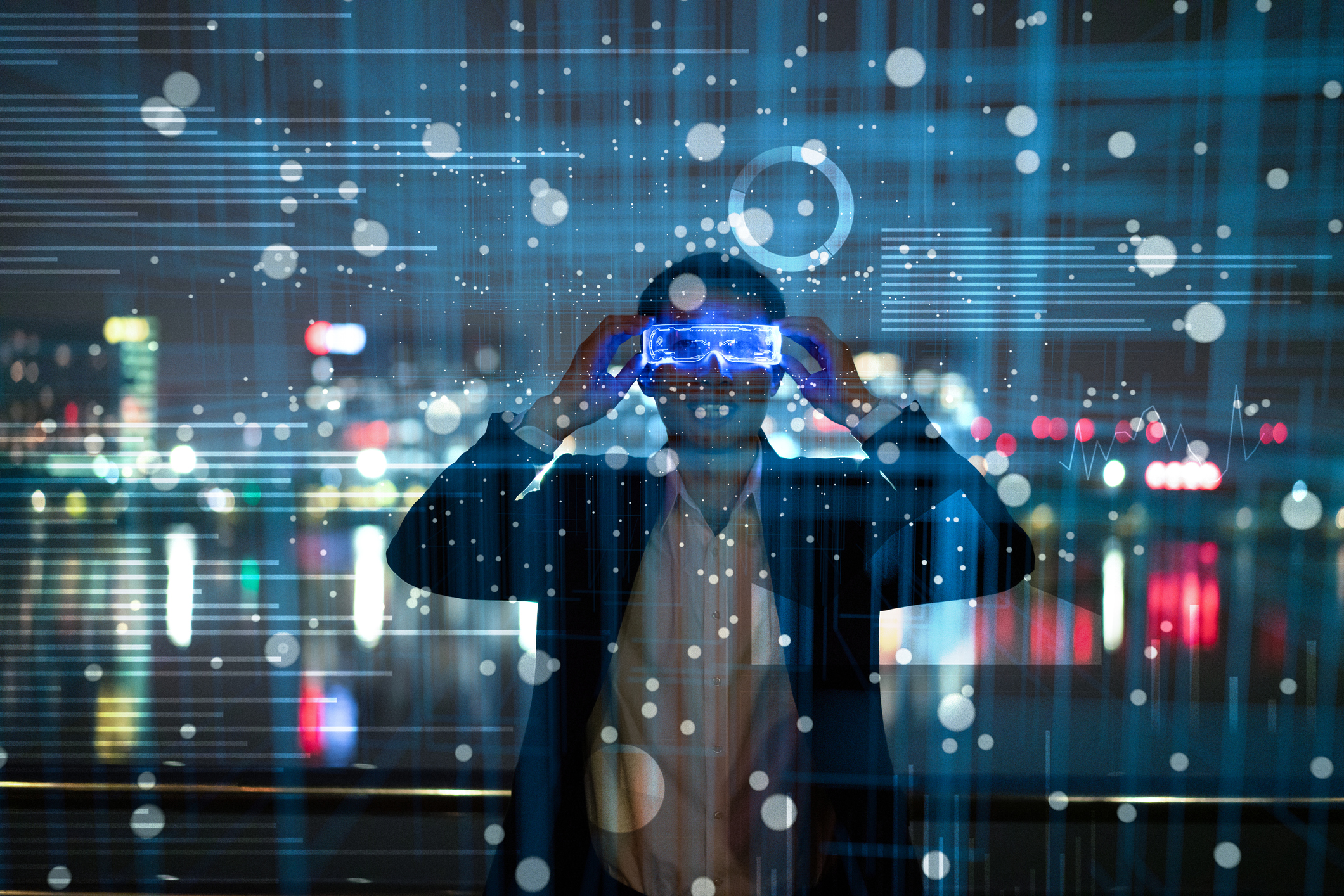
Virtual-reality technology has come a long way from 1980s arcade games, and tech companies, such as Apple, Meta and HTC, are heavily investing in the future of VR. To help you understand what is going on and what we expect to happen in the future, our highly-experienced Kiplinger Letter team will keep you abreast of the latest developments and forecasts (Get a free issue of The Kiplinger Letter or subscribe). You'll get all the latest news first by subscribing, but we will publish many (but not all) of the forecasts a few days afterward online. Here’s the latest...
With Apple’s first virtual-reality headset, called Apple Vision Pro, set to go on sale in early 2024, the VR race is officially on. But it will be a marathon, not a sprint. Apple may sell only a few hundred thousand devices of what it calls "a revolutionary spatial computer" (because it blends digital content with the physical world) in the first sales year, maybe fewer, as the price is too high for mass adoption.
The company’s focus: luring developers to produce apps and content, similar to how it built an ecosystem of iPhone apps. The device has garnered glowing reviews and is packed with high-end tech, much of it built in-house, including two low-power computer chips. Manufacturing is complex and drives up the price to $3,500, much more than other models from Meta (with its $999.99 Meta Quest Pro device) or HTC (and its $1,099 VIVE XR Elite).
Apple (AAPL) and Meta (META) combined have invested over $100 billion in Virtual Reality research, per one estimate, so both companies are in this promising market for the long haul.
This forecast first appeared in The Kiplinger Letter, which has been running since 1923 and is a collection of concise weekly forecasts on business and economic trends, as well as what to expect from Washington, to help you understand what’s coming up to make the most of your investments and your money. Subscribe to The Kiplinger Letter.






